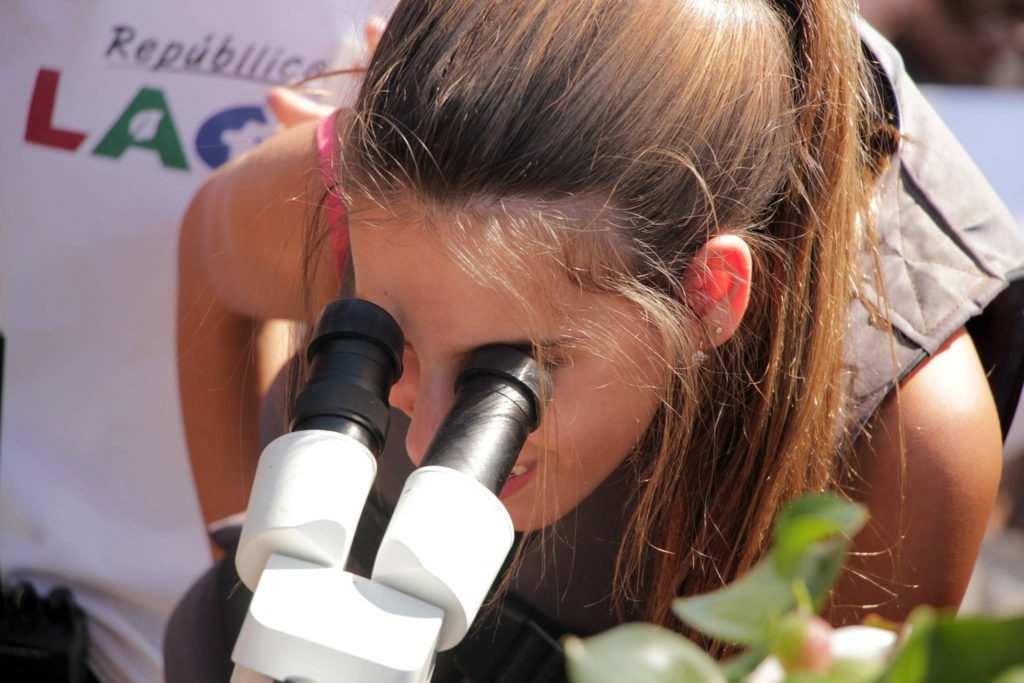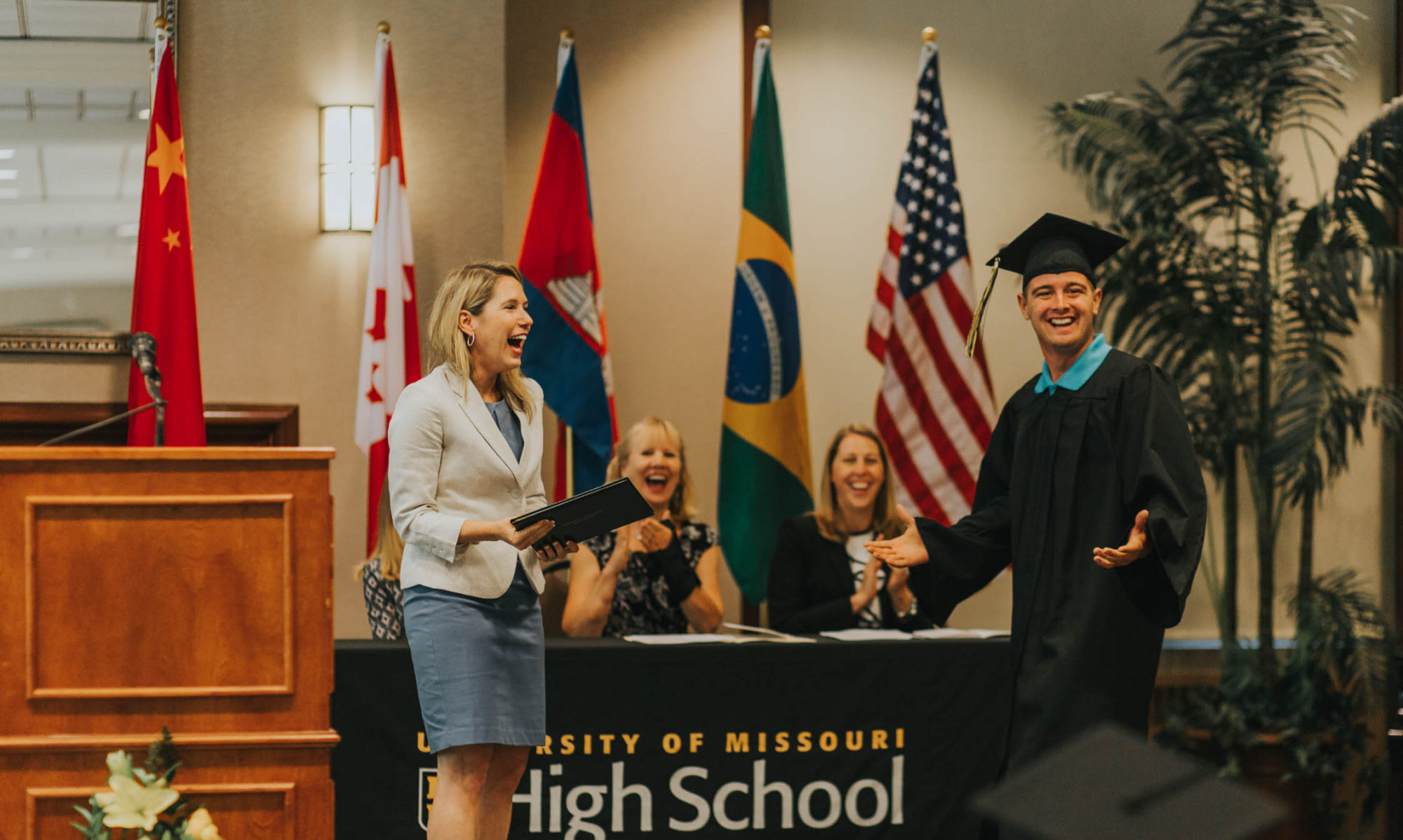Our plane touches down in São Paulo and I feel—at home. At what moment did Brazil shift from being somewhere I visit to somewhere I return to? In the following article, I explore a question we kept coming back to during our most recent trip to Brazil: When does change happen and how?
 Student conducts in an ecology experiment at Rep Lago (Lemme, SP)
Student conducts in an ecology experiment at Rep Lago (Lemme, SP)
Earlier this month, my colleagues and I had the great fortune to spend two weeks in São Paulo and Brasília. On our first day, we took a walk through the Jardim Botânico de São Paulo. It was a crisp winter afternoon; the overcast skies made the flowering trees seem even more saturated in bright pinks and reds. We were tired from travel and thankful to be breathing fresh air in this beautiful place together. A teacher called me over to a small pond where hundreds of tadpoles were swimming. I had walked by the same pond a few minutes earlier and missed them. I crouched down low and a whole world of organisms opened before me. In a few months these tadpoles will be frogs, their environment less contained, their trajectory completely altered.
In some ways, this was a theme for our week in schools. In our conversations with students, we asked them about the moment when an idea becomes action. In dialoguing with teachers and administrators, we explored the conditions that transform our relationships. And in every classroom, we were reminded of the simultaneous processes of learning and change.
- A 12th grade student tells me, “I am a completely different person now than I was when I started high school.” I ask him for examples. He reflects, “Well, I didn’t know how to study or what I liked or who I wanted to be. And now, I do.”
- Our counselor asks a group of seniors if there was a time when a task or assignment seemed impossible. A young man laughs immediately, “Every single time we had to record a speech, especially that first time when the camera is right there.” He holds both hands up indicating the space directly in front of his face. “But you did it!” I interject. He leans back and considers, “Yes, I did.”
- We are standing in a circle with a group of middle school students challenging them to think about a positive difference they could make in their school. One student introduces an idea, “There is a problem in our cafeteria of students not bringing their plates back to be washed. People just leave them on the tables.” Another student jumps in, “You’re right. We could start a positive change movement of getting everyone to bring back their plates.” The students nod, committing to the idea.
- Outside on the patio, students are tangled into a tight knot of hands and arms. The task is for everyone to work together to untangle themselves without letting go. It looks impossible. And then a student twists around; another two lift their arms over a tangled cluster of teenagers; more twisting; a row of students duck under some arms. I watch this change choreography as the knot untangles and the students face each other in an open circle cheering.
- We are visiting with a group of recent National Honor Society initiates and they are telling us about their upcoming graduation. “We’re planning an American football game.” says a boy with bright eyes. A petite girl interrupts. “And dancing!” she adds. I ask the girls to show us their routine. We laugh and try the steps together. Change is not always an either/or proposition. Sometimes we are both/and. For example, these students are beaming with school pride for both of their high schools (Brazilian and U.S.). When did that happen?
Change is part of the fabric of the natural world. I think about the tadpoles at the Jardim Botânico de São Paulo, the moon that swelled to full and red during my visit, the days that are getting just a bit longer each evening in São Paulo and just a bit shorter each evening in Columbia. These changes we have little control over. We hope to teach students (and remind ourselves) to pay attention to them, to not walk by the pond full of life, to appreciate the stars in the countryside, to notice the way the light makes everything glow an hour before dusk.
Other changes we can control; these changes often start slowly, even invisibly, and then, at a certain moment—a moment that is often impossible to pinpoint—communities are transformed, relationships solidified, lessons applied, and ideas put into action.
Visiting with our students and partner teachers reminded me that the catalyst for positive change is almost always (1) great ideas and (2) strong relationships. However, like most good things, they have to be nurtured to grow.
What makes ideas grow and relationships stronger? I believe these conditions include: innovation, influence, and love. We have to show up for each other, be open to new ideas, and commit to helping the really good ones grow and stick.
The students and educators in our global learning community have the capacity to create change movements, to build new programs and products, and to help the world become a more accepting place one friendship at a time. And what a privilege—in this spinning world which, is constantly influx blooming and rebuilding—that we get to be part of this journey together.
Appreciatively, Dr. KFW
